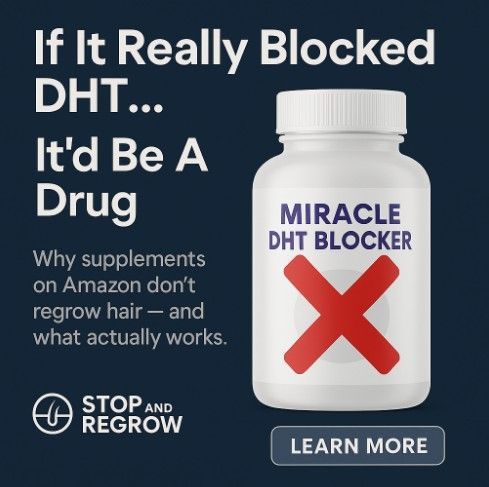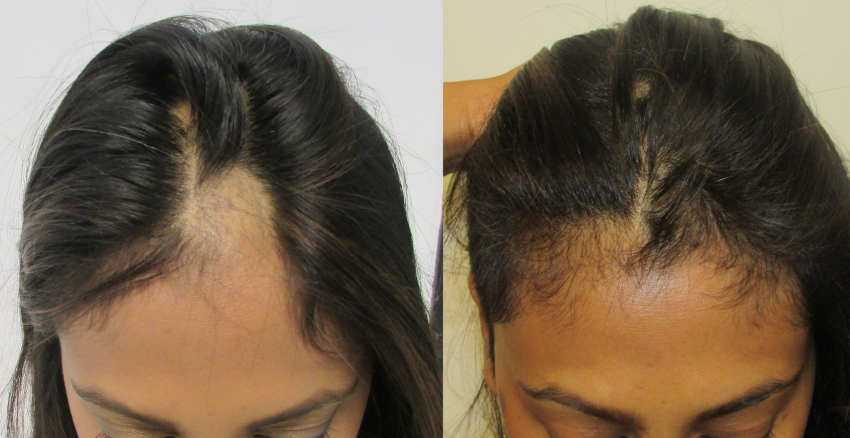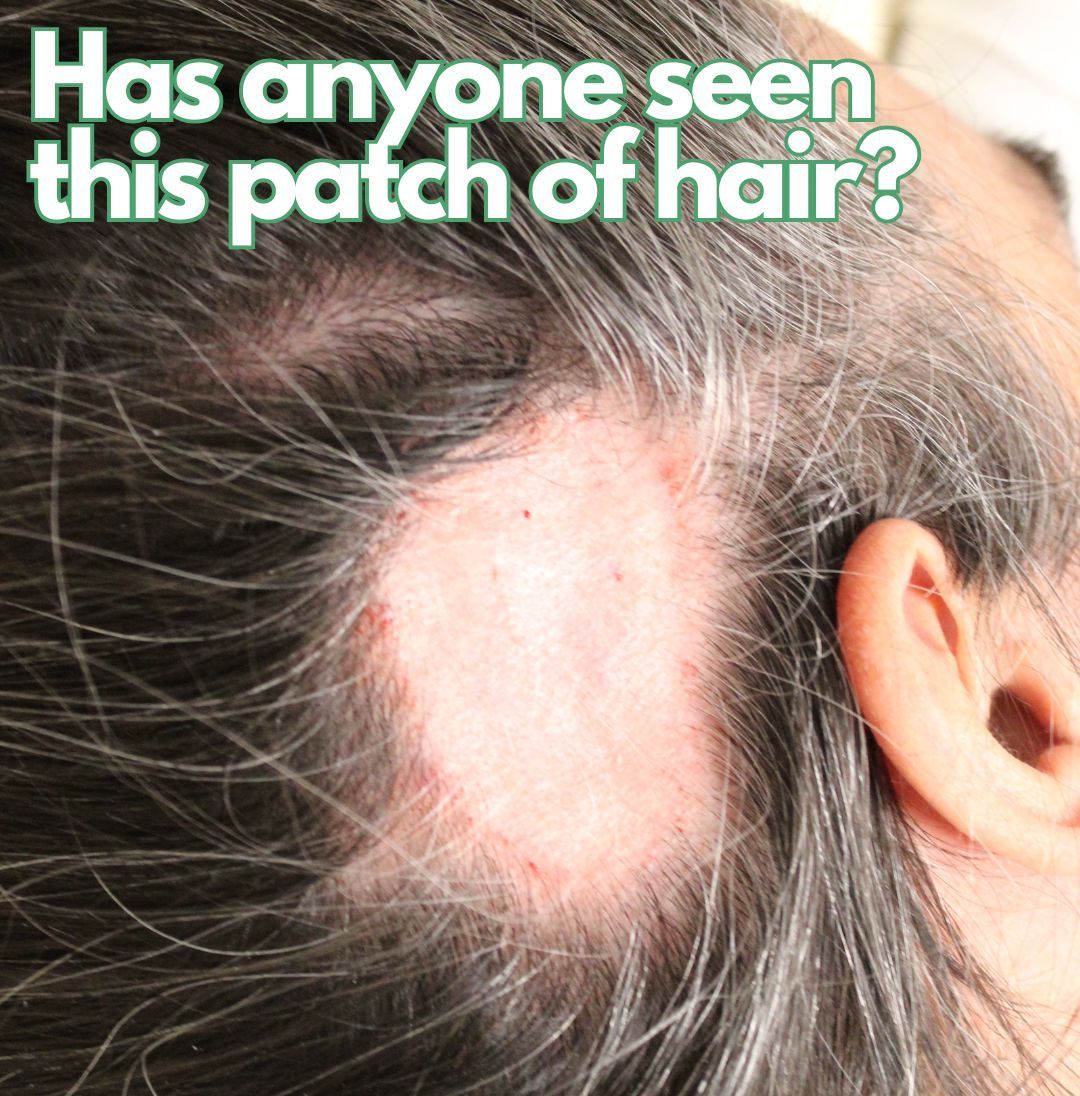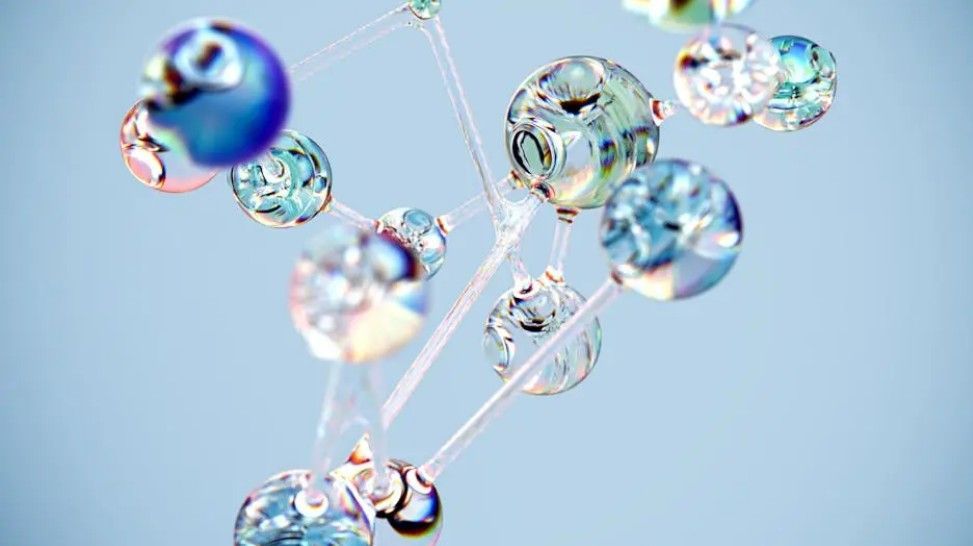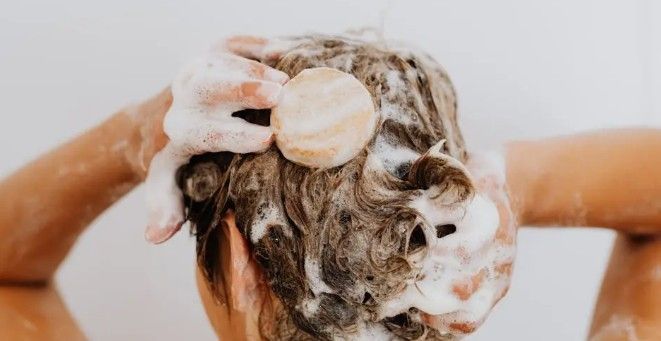The Truth About PRP: Why It’s Not the Ultimate Solution for Hair Loss
What is Better than PRP?
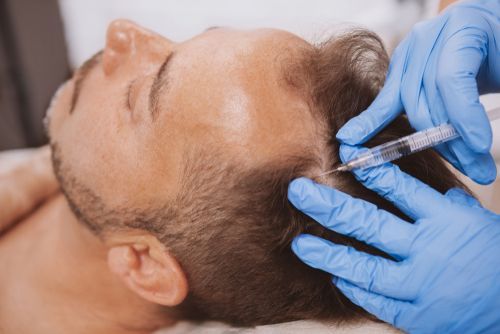
As per my previous article on this topic “What Is PRP?”, PRP or Platelet-Rich Plasma is not the cure for hair loss. PRP works to stimulate hair growth, kind of like a stronger, more natural Rogaine. In fact, although the success seen by the approximately 65% of the very few patients who have experimented with it so far is higher than the number who also temporarily see success from Rogaine, it is just like Rogaine, short-lived in its effect.
What Is PRP?
PRP, or Platelet-Rich Plasma, is a treatment that involves injecting a concentration of a patient’s own platelets into their scalp. These platelets release growth factors that are thought to stimulate hair follicles and promote hair growth. However, while the initial results may be promising, the effects are not long-lasting.
Short-Term Results, Long-Term Disappointment
Just like Rogaine, PRP works to stimulate hair growth and thus is required to be used continuously to work for as long as it does. For Rogaine, this means daily application; for PRP, it involves injections into the affected areas of the scalp every 3-4 months. Neither PRP nor Rogaine, however, impact the root cause of hair loss, which for most people includes excessive levels of DHT (Dihydrotestosterone).
Understanding DHT
The hormone DHT blocks essential nutrients to the hair follicles, which over time become unable to support ongoing hair growth and regeneration. In order to stop hair from thinning/receding and its eventual loss, DHT must be stopped from blocking these nutrients, and then action must be taken to regrow the hairs that have already been damaged.
PRP vs. Rogaine: Which Is Better?
So, is PRP better than Rogaine? With current knowledge of both therapies, the answer to that question is yes, if you are talking simply therapeutically. PRP has been found to be effective in more people – 65% vs. Rogaine/Minoxidil’s 40%. Additionally, there have not been any side effects reported thus far from PRP, vs. the many known side effects from Rogaine/Minoxidil. On the minus side for PRP is the extreme pain and the cost. At $800 to $1100 per treatment (required every 3-4 months), it’s not cheap.
What Is Better Than PRP?
Well, to effectively treat hair loss, what you really need is a double-action solution that both regulates (not blocks) the over production of DHT (because we do need some), which causes the hair loss, and then stimulates strong hair regrowth. There is only one such solution on the market, and that is Stop and Regrow by Robert Nettles, MD.
Clinical Studies on PRP's Ineffectiveness
Several clinical studies have shown that PRP is not a long-term solution for hair loss. According to a study published in the Journal of Dermatological Surgery, while PRP showed initial promise in stimulating hair growth, the results were not sustained over time. Another study in the International Journal of Trichology found that PRP did not significantly improve hair density or thickness in the long term.
Conclusion
While PRP may offer temporary improvement in hair growth, it does not address the underlying cause of hair loss and is not a sustainable long-term solution. For a comprehensive approach that tackles both the root cause and stimulates hair regrowth, Stop and Regrow by Robert Nettles, MD, is the only proven solution.
Schedule a 15-minute complimentary phone consultation to learn more about PRP, hair loss, and whether Stop and Regrow will work for you here.
References
- International Journal of Trichology: Study on PRP's Ineffectiveness
- Journal of Dermatological Surgery: PRP Clinical Study



